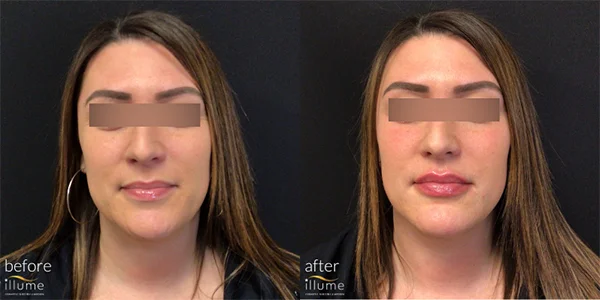Refresh Your Skin and Boost Your Confidence
Mole Removal & Skin Tag Removal In Milwaukee
Refresh Your Skin and Boost Your Confidence
Mole Removal & Skin Tag Removal In Milwaukee
Milwaukee Mole Removal
Skin imperfections like moles and skin tags are extremely common, but when they affect your appearance or cause irritation, professional removal can help you feel more comfortable and confident. At our Milwaukee clinic, mole and skin tag removal is a safe, straightforward procedure performed with precision and care.
Whether you’re bothered by a raised mole on your face, a skin tag that snags on clothing, or you simply want smoother, clearer skin, our expert team is here to help. We use the latest techniques to remove unwanted skin growths with minimal discomfort and downtime — all while prioritizing your safety and long-term skin health.
What are moles?
Moles, or nevi, are common skin growths formed by clusters of pigment-producing cells called melanocytes. They can appear anywhere on the body and are usually brown or black, but may also be tan, pink, or even blue. Most moles develop during childhood or adolescence, and it’s normal for them to change slowly over time—some may fade, darken, or grow hair.
There are several types of moles:
- Common Moles – Typically small (under 5mm), round or oval, and uniform in color.
- Atypical Moles (Dysplastic Nevi) – Larger, irregularly shaped, and often multi-colored; these may carry a slightly higher risk of becoming cancerous.
- Congenital Moles – Present at birth; larger congenital moles can increase melanoma risk.
While most moles are harmless, monitoring them for changes in size, shape, or color is important. Sudden changes may indicate a need for medical evaluation to rule out melanoma, a serious form of skin cancer
What is A Skin Tag?
Skin tags are:
- Flesh-colored or slightly darker
- Typically painless
- Not cancerous
While the exact cause isn’t known, skin tags are more common with age, obesity, pregnancy, and certain medical conditions like diabetes. Though harmless, many people choose to remove skin tags for cosmetic reasons or if they become irritated by clothing or jewelry.
How are Moles Removed?
What Causes Moles?
When is Mole Removal Necessary?
How Do I Know If a Mole Is Cancerous?
Can removing a mole cause cancer?
Can you Remove Moles at Home?
Contact Us!
"*" indicates required fields
Patient Financing Available

Our goal is to make plastic surgery available to any patient who is qualified. We accept all major credit cards and offer several patient financing options to make the process as easy and affordable as possible.









